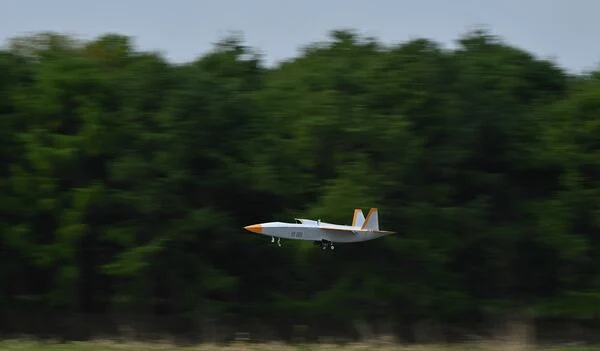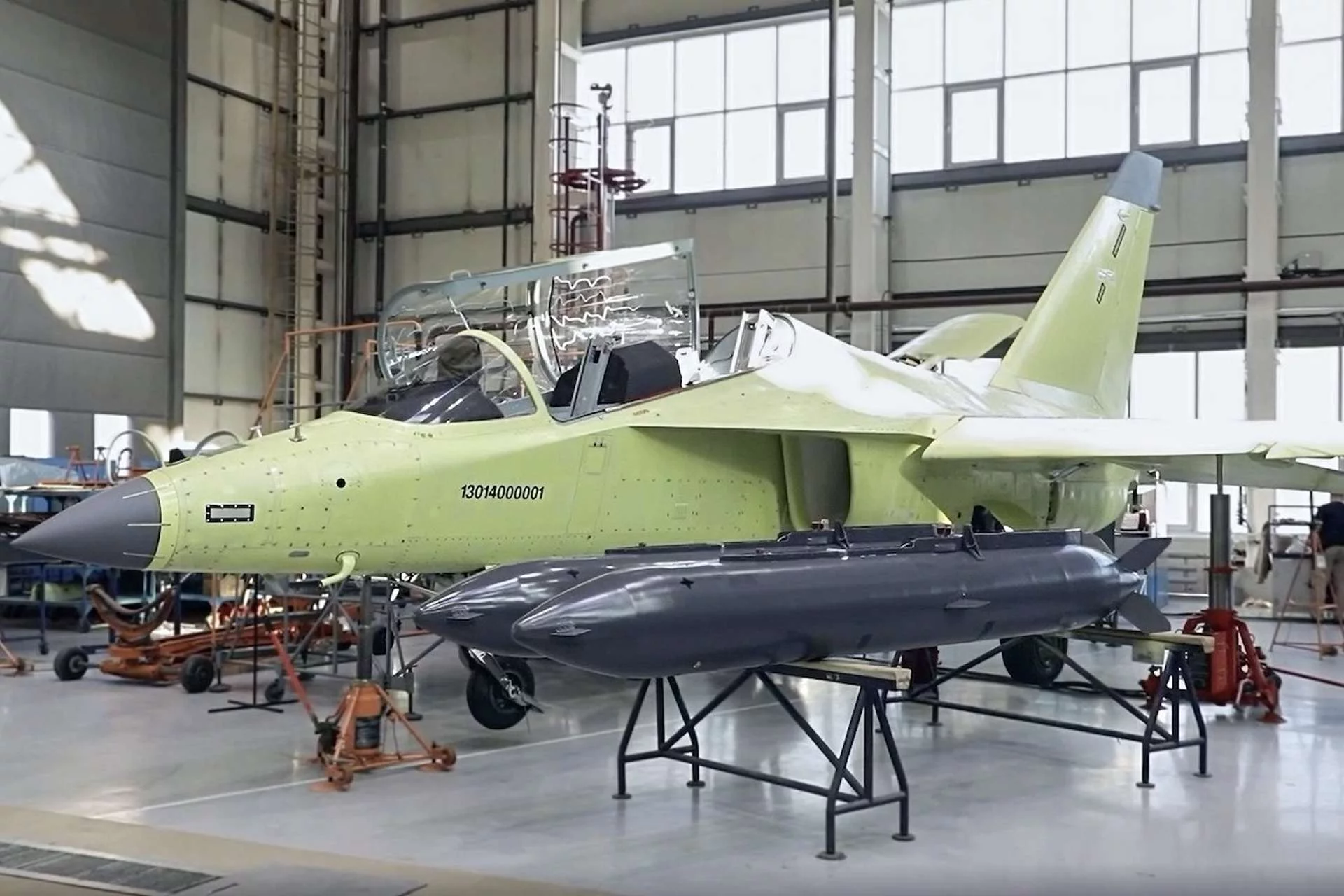In a significant stride for Turkish defense innovation, Baykar Technologies, renowned for its game-changing Bayraktar drones, has achieved a remarkable feat: the successful live-fire test of its Kemankes 1 mini cruise missile against airborne targets. Launched from the formidable Akinci high-altitude, long-endurance (HALE) unmanned combat aerial vehicle (UCAV), this test marks a pivotal moment, showcasing not only the potent capabilities of the Kemankes 1 but also the expanding multi-role potential of the Akinci platform. This development positions Turkey at the forefront of integrated drone and missile technology, promising a new era of aerial warfare where unmanned systems play an even more dominant offensive role.
Baykar has rapidly ascended as a key player in the global defense industry, largely due to the battlefield successes of its Bayraktar TB2 and Akinci drones. The philosophy behind these systems often emphasizes cost-effectiveness, advanced autonomy, and adaptable payloads. The Kemankes 1 mini cruise missile is a natural extension of this approach, designed to provide surgical strike capabilities from unmanned platforms, thereby reducing risk to manned aircraft and extending the operational reach of strike missions.
The Kemankes 1 itself is a fascinating piece of engineering. While classified as a “mini” cruise missile, this belies its sophistication. It’s likely designed to be compact enough for multiple missiles to be carried by UCAVs like the Akinci, yet powerful enough to deliver a precision strike. Mini cruise missiles typically bridge the gap between guided bombs and larger, more expensive cruise missiles. They offer extended range capabilities compared to glide bombs, allowing the launch platform to stay further away from hostile air defenses. The Kemankes 1 is expected to feature advanced guidance systems, possibly incorporating an inertial navigation system (INS) augmented by GPS, and potentially an optical or infrared seeker for terminal guidance, ensuring high accuracy against both fixed and moving targets. Its potential ability to loiter and search for targets before striking further enhances its versatility. The fact that it successfully engaged an airborne target in this test is particularly noteworthy, suggesting a level of agility and guidance precision that could even hint at future air-to-air capabilities or the ability to intercept slower, uncrewed threats.
The Akinci UCAV, from which the Kemankes 1 was launched, is Baykar’s flagship HALE platform. It’s a much larger and more capable drone than the TB2, designed for more demanding missions that require greater payload capacity, longer endurance, and higher altitudes. The Akinci can carry a diverse array of armaments and sensors, making it a true multi-role asset for intelligence, surveillance, reconnaissance (ISR), and strike missions. Its ability to effectively integrate and deploy the Kemankes 1 against an airborne target underscores its advanced mission computer and weapons management systems. This successful integration enhances the Akinci’s utility, transforming it from primarily a ground-attack or ISR platform into one with expanded anti-air or anti-UAV capabilities, or at least a highly versatile system capable of engaging dynamic targets in flight.
The implications of this test are substantial. Firstly, for Turkey, it signifies a deeper foray into offensive air power that relies heavily on indigenous solutions. This bolsters national security and reduces reliance on foreign suppliers for critical strike capabilities. Secondly, it could redefine the role of UCAVs in future conflicts. The ability of a drone to launch a cruise missile that can hit another airborne target opens up new tactical possibilities, from intercepting enemy drones or helicopters to engaging low-flying manned aircraft. This “drone-on-drone” combat capability, or more broadly, the ability for UCAVs to conduct air-to-air engagements with standoff weapons, represents a significant evolution in aerial warfare. It suggests a future where UCAVs may not only provide reconnaissance and ground attack but also actively participate in air defense or air superiority roles in specific scenarios.
Furthermore, this development highlights the ongoing trend of increasing autonomy and lethality in unmanned systems. As drones become more sophisticated, their ability to execute complex missions, including those traditionally reserved for manned aircraft, continues to grow. The combination of the Akinci’s endurance and payload with the Kemankes 1’s precision and range creates a formidable strike package that can operate for extended periods over vast areas, responding rapidly to emerging threats. This innovation is not just about a missile hitting a target; it’s about validating a strategic vision where networked, autonomous systems provide a decisive advantage on the modern battlefield. The successful test solidifies Turkey’s position as a serious innovator in the defense aerospace sector, likely attracting significant international interest from countries looking to enhance their own drone capabilities with advanced, integrated weapon systems.




